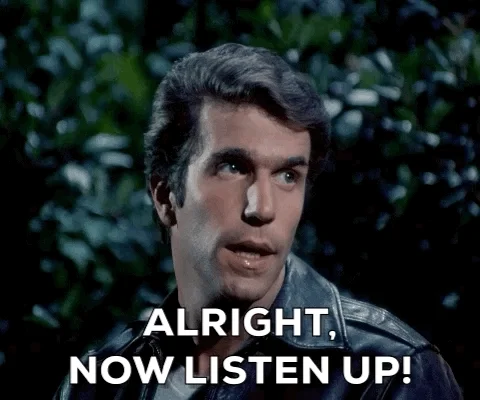What do horse training and leadership have in common?
Where you stand in relation to the horse is a different way to guide it. Where a leader "stands" depends on their leadership style.
This is where Klaus Ferdinand Hempfling comes in. He was a horse trainer who applied what he learned from horses to 3 types of leadership.

Leadership plays a crucial role in various aspects of life, including professional environments, community organizations, and even personal relationships.
Find out which type of leader you are!

Overview: Klaus Ferdinand Hempfling's Leadership Styles
Hempfling, an expert in horse training and human leadership, identified 3 archetypes of leadership that differentiate between different styles of leaders:

Leading from the front —The leader gives direction for their team. This leader can also be called a dominant leader.
Leading from the side — The leader uses a democratic leadership style to make sure everyone moves in the same direction together. Another phrase would be the nurturing leader.
Leading from behind — The leader drives the team forward to maintain momentum. This leader is a passive leader.
Leading From the Front: Pros and Cons

The dominant leader takes charge, sets clear boundaries, and ensures compliance. They provide structure and direction.

This can prove both challenging and rewarding.

Pros
Dominant leaders are necessary for a team's vision and clarity of direction. The team gets diverted and disperses if this is missing.
It prevents conflict in the team and an increased workload and the team won't become ineffective.

Cons
If these leaders are too far ahead, they might lose the team.
These leaders can also move too fast for their teams, which might result in burnout and work-related stress.
Leading from the Side: Pros and Cons

Hempfling's nurturing leader is very different — they focus on building relationships, supporting growth, and foster a harmonious environment. They value empathy and collaboration.

While this leadership style is no doubt quite positive, it can also come with downsides.

Pros
This style makes sure every team member stays on track and is aligned with the vision and goals.
Leading from the side also helps a team to develop their skills and understand what is required of them.

Cons
The overall vision might be less clear if there is too much focus on being democratic.
This might result in a lot of time-wasting for setting goals collaboratively and keeping everyone aligned.
Leading from Behind: Pros and Cons

The passive leader, on the other hand, tends to avoid taking direct responsibility and leaves decision-making to others.

This style often leads to a lack of direction and confusion but it works well for team members who can work independently.

Pros
The leader can see everything that is happening in the team.
They can steer the team if needed but the team can choose their own way.
The direction everyone's heading to is clear and team members must be willing to fulfill their commitments.

Cons
This style can feel exhausting if the direction and pace aren't already clear.
Weak leaders might hide behind individual team members and not communicate unpopular decisions.
Quiz
Darren likes to lead from the front, but his team is highly motivated & independent so they can't cope with his micromanaging style. Tick the style(s) Darren should adopt to lead this team:
An Alternative Approach
For a more fun approach, also consider this classification: the captain, the orchestra conductor, and the soccer coach.

The top-level leader is like the captain of a ship. Just like a captain, they have a broad view of the overall direction and make critical decisions.

The middle-level leader is like an orchestra conductor. They coordinate and bring together different sections of the organization, ensuring harmony and synchronization.

The front-line leader is akin to a soccer coach. They are directly involved with the team members and provide guidance, support, and motivation to achieve individual and team goals.
Take Action

Remember, leadership isn't limited to one fixed style but rather a dynamic concept that requires flexibility and adaptability.
By understanding the leadership styles proposed by Klaus Ferdinand Hempfling, you can easily adapt todifferent leadership stylesand thus havea positive work environment.

Follow these simple steps to become the best leader that you can be:

Your feedback matters to us.
This Byte helped me better understand the topic.
